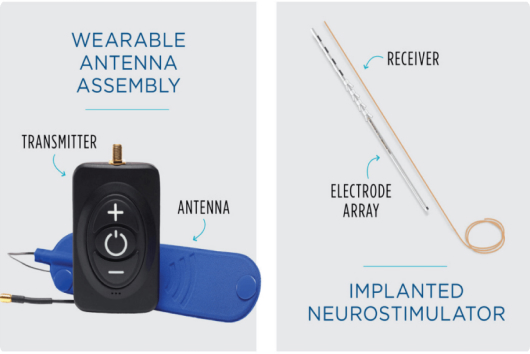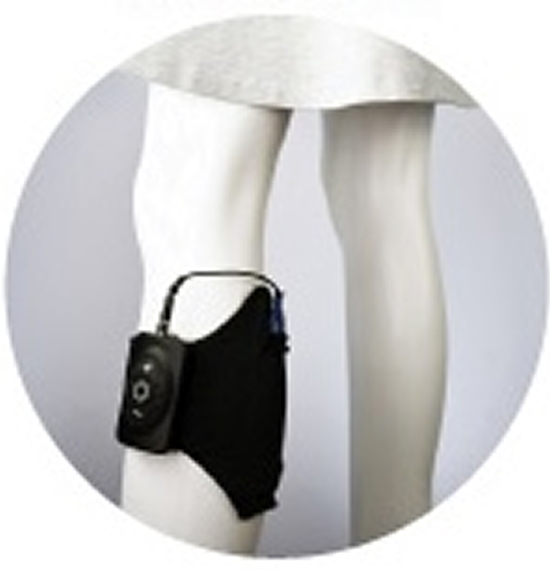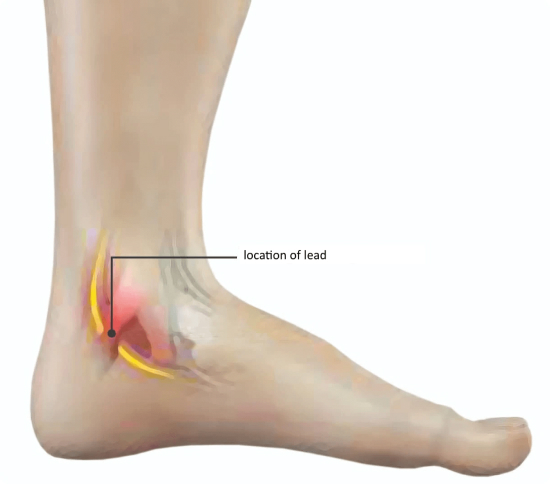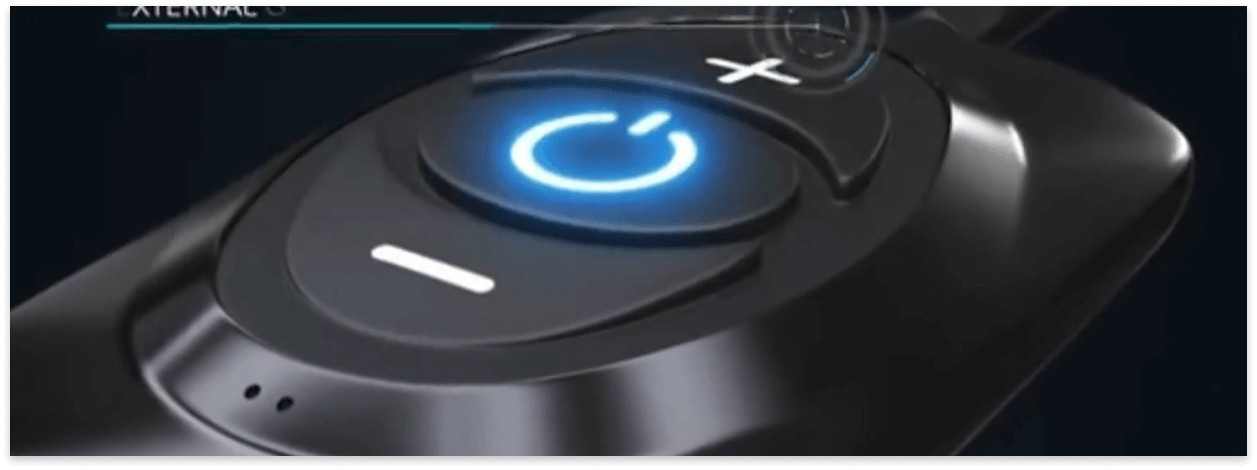
A peripheral nerve stimulator can be considered as an excellent solution for those people who have had who still have persistent Morton’s neuroma pain and discomfort despite many treatments with multiple modalities. We have had great success using peripheral nerve stimulators with a small number of patients who have had persistent foot pain after many surgeries and interventional procedures.

Peripheral nerve stimulation is an outpatient procedure wherein a small electrical device is implanted near a damaged nerve to interrupt pain signals. The peripheral nerves are the nerves found outside of the brain and spinal cord.
If you have had multiple failed neuroma surgeries / surgery redo’s and minimal success with ultrasound guided ablations, you may be a candidate for a peripheral nerve stimulator implant. It is a last step procedure but can be very effective in giving patients back their lives when all hope seems lost.

Peripheral nerve stimulation (PNS) is an outpatient procedure wherein a very small electrical wire leading to a small electrical device is implanted near a damaged or painful nerve to interrupt pain signals.
Pain comes from signals sent out from nerves. When a nerve gets damaged, it will continually send out pain signals. Unfortunately, there is no way to remedy this problem right away, but the body doesn’t know that. The point of pain is to alert us when our body is in trouble so that we can take care of it. If you can’t fix a damaged nerve right away, the only option left is to stop the nerve from sending out signals.
When pain flares up, the device works by sending small electrical signals out to interrupt the nerve signals. While the stimulation can be used continuously, patients often find that the stimulation pain relief lasts for hours and so use the stimulation on an as needed basis. Many patients have had this procedure and achieved excellent pain relief. PNS has a very high success rate, and the results are almost immediate.
When pain flares up, the device works by sending electrical signals out to interrupt the nerve signals.
While some patients have been apprehensive at the thought of having electrical signals being released, many have had this procedure and achieved the results they needed.


Peripheral Nerve Stimulators are used for a variety of chronic pain conditions. Please consult your physician to see if you are a candidate.
Peripheral Nerve Stimulation has been clinically proven to reduce chronic pain. Your pain may not be removed entirely, but some patients have reported complete pain relief. Results may vary.